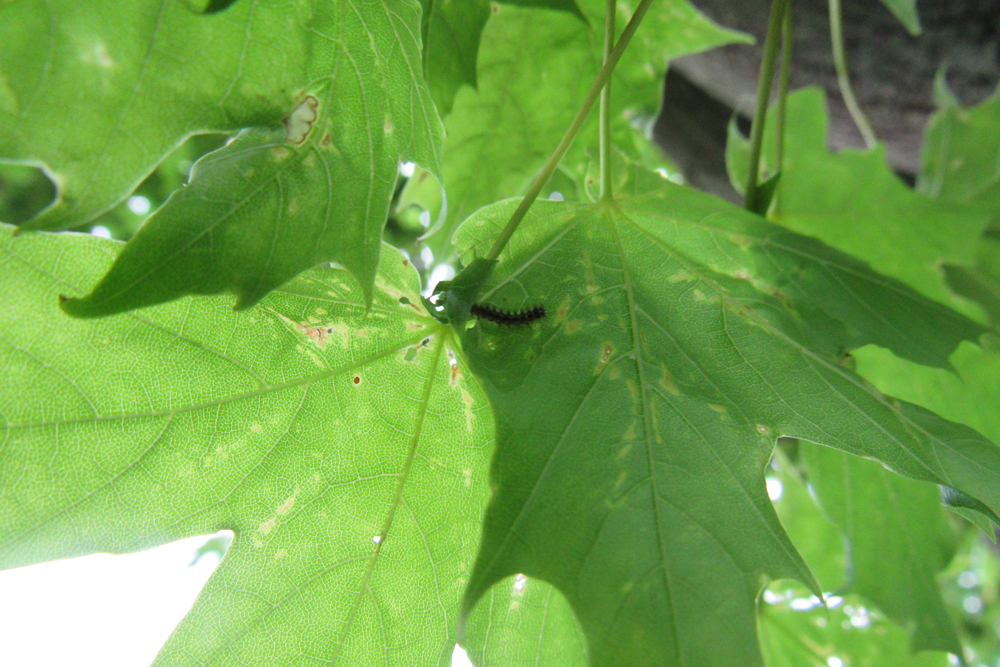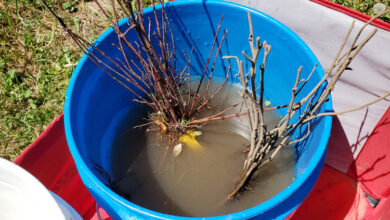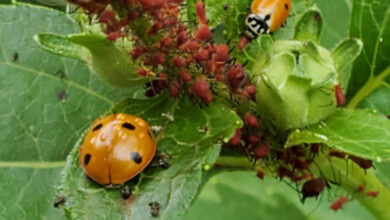Using compost in your garden; info on invasive giant (murder) hornets
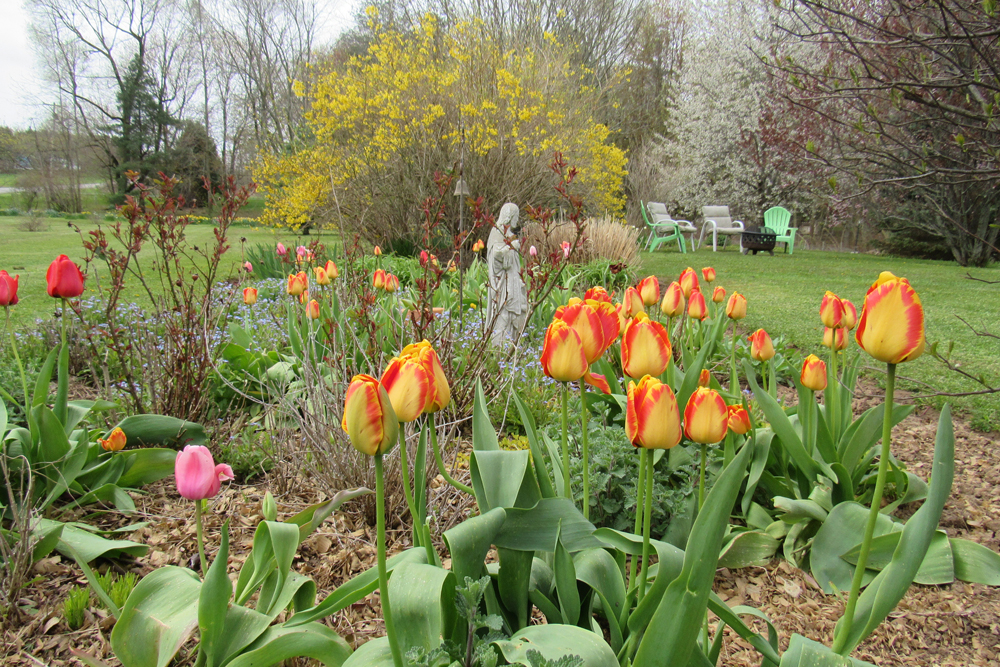
Perhaps spring might finally be here? If we can’t start planting our tender annuals and vegetables, we can be working to make sure they have the best soil in which to grow. New York State observed Compost Awareness Week May 3 through 9, and gardeners should remember that adding organic matter is the single most important step to improving your soil structure and overall health. Organic matter improves any soil type by stimulating or feeding the life of the soil. Nutrients are provided to bacteria, fungi, earthworms, and other organisms. Why is this important? Because those organisms recycle nutrients into forms that are readily available to plants to absorb through their roots.
Organic matter can be added to your garden in many ways – the sheet method, the trench method, and in-place composting are three examples. Adding organic matter to your garden should be an ongoing process – the more organic matter, the easier your gardening work is in the long run because you are always helping your soil structure.
Many gardeners make compost from food and yard waste, and it is one of the best ways to add organic matter to your soil. But what are the best ways to use compost?
According to Cornell Cooperative Extension, compost can be used to establish planting beds, improve soils, mulch gardens or landscape plantings, as part of backfill when you plant trees, shrubs, and perennials, for establishing or top-dressing lawns, side-dressing vegetables, or controlling erosion. The NYS Department of Environmental Conservation says you can even use compost for your houseplants. Use one-half to one-third of compost for your container volume instead of soil when you pot plants.
One of the challenges of using well-matured compost is that most gardeners never really are able to make enough to meet their needs. You will probably need to prioritize from year to year or plan to purchase bagged compost. You can also consider alternative methods for adding organic material (a good topic for another column). In any case, most mature composts can be used in most planting situations without serious concerns for precise amounts.
Cornell Cooperative Extension offers a formula to calculate how much compost you will need to cover the area with one inch (or whatever your preferred amount) of compost in a season. As an example – to apply one inch of compost over a 10’ by 10’ area, you’ll need about eight cubic feet – or 300 pounds of compost! Again, no matter how much compost you have, it’s always a good practice to add it to your soil.
To apply compost, incorporate it into the top six to eight inches of soil in planting beds. You will need greater amounts of compost if you are preparing beds for trees and shrubs. Compost can also be applied as a mulch over the soil surface and even layered under other landscape mulches like wood chips to improve the soil without working in the compost.
Compost may even help to suppress specific soil-borne diseases and plant pathogens in lawns. You can incorporate it with planting soil when establishing a lawn, or use as a top dressing in an already established lawn and then water into the top layer of soil.
Of course, compost is great for vegetable gardens and can be added before planting and worked into the soil, or as a side-dressing a month or two after planting. Dig compost in next to growing plants. Compost can also be used as a mulch in the vegetable garden.
Compost can be added to a sloped area to increase the soil’s ability to retain water and discourage run-off.
Invasive Giant Hornets
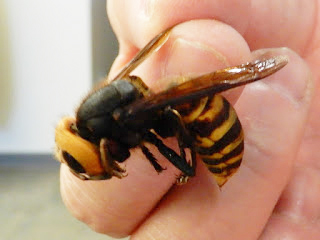
Now a little something about the “murder hornets” we are hearing so much about right now. Yes, this is a very large insect – Vespa mandarinia, native to Asia, is the world’s largest hornet at 1-1/2 to 2 inches in length. These invasive hornets pose little threat to people in most parts of the United States. They also don’t survive cold winters, as they come from temperate and subtropical areas. Most deaths to humans occur when people receive over 40 stings, likely only if someone stumbles on a nest.
They are insect predators, and according to the University of Minnesota Extension, a group of 30 V. Mandarinia can kill a colony of 30,000 honey bees in under four hours. However, the invasive hornets are not expected to be seen outside of an area within 50 miles of Vancouver, British Columbia, in 2020, and UM Extension is advising people not to kill large wasps. There are a wide variety of native wasps in varying sizes, shapes, and colors that are beneficial and help control populations of pest insects as well as act as pollinators. Native wasps, which we are likely to see when the weather starts warming up, are not a threat and should be left alone, including bumblebees, which are native and threatened with extinction.


